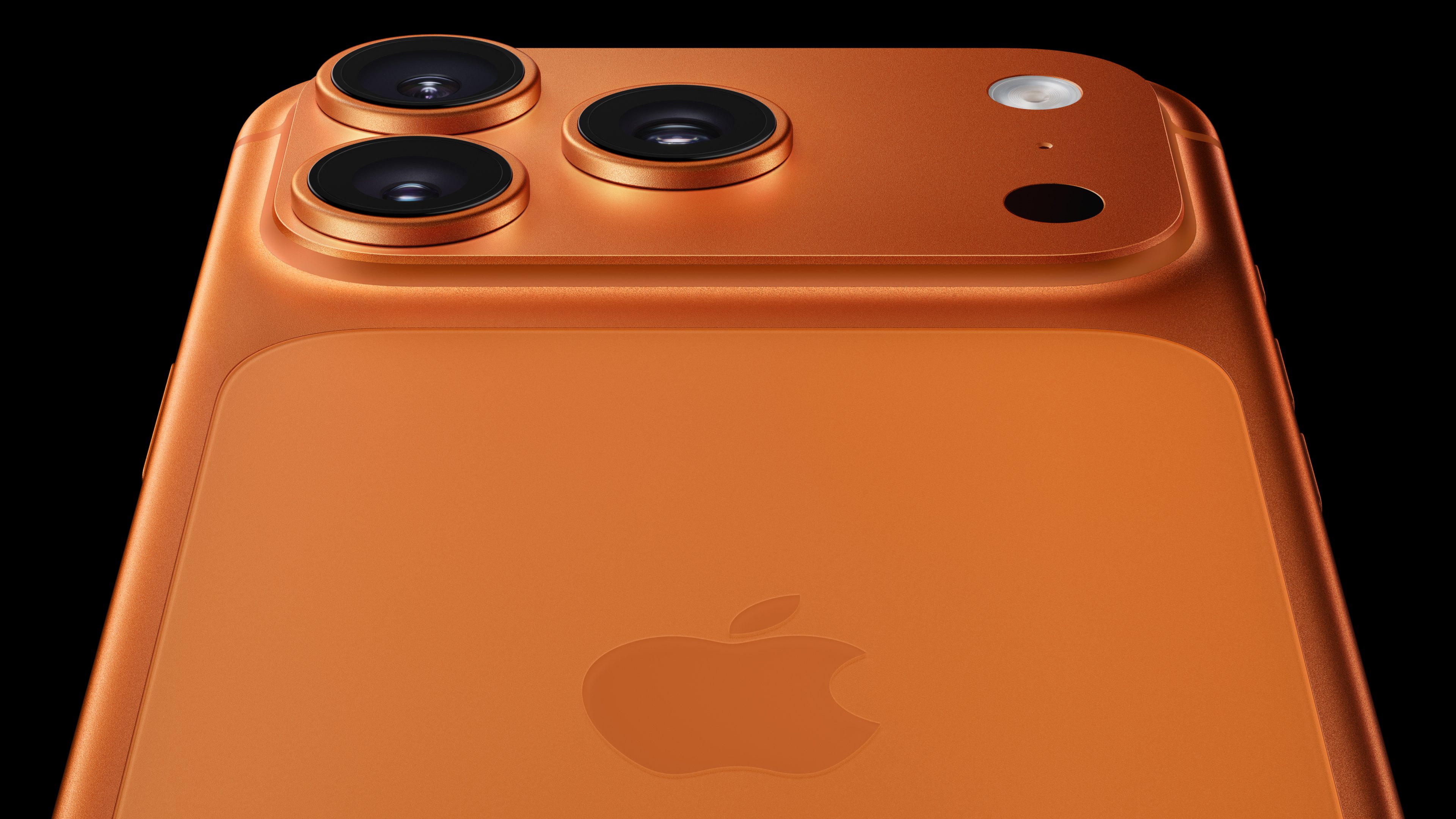Credit has to be given where its due. Apple (AAPL 0.27%) managed to grow some business lines during a first calendar quarter riddled with coronavirus-related headwinds. And the lines that contracted likely did so only because consumers were physically unable to get to a product that may or may not have been available. Many retailers, suppliers, and other businesses that are part of the company's sales ecosystem were simply shuttered during the first quarter of 2020 (Apple's fiscal Q2).
Given the circumstances, though, it seems Apple's services would have grown much more than they did for the three-month stretch ending in March. Millions (more plausibly, billions) have been stuck at home for a good part of the past eight weeks, bored out of their minds. It looked like they were buying a lot more digital entertainment. Apparently, they weren't buying a great deal more of it from Apple using their iPhones.

Image source: Getty Images.
A truly captive audience shows interest
Last quarter, Apple's consolidated top line edged 1% higher, reaching $58.3 billion. Services led the way, with revenue for that segment coming in at a record-breaking $13.3 billion for 2020's second quarter, up 17% year over year. Its iPhone business is still the big breadwinner, driving just under $29.0 billion worth of sales in Q2. That was a 7% dip from the Q2-2019 iPhone sales figure of $31.0 billion. Had it not been for its services arm, Apple wouldn't have grown its quarterly sales at all.
Think about the backdrop, though. The coronavirus contagion that started in China late last year -- and soon spread across much of Asia -- was prompting sweeping lockdown measures there by early February. By early March, similar lockdowns began to take shape in North America, as well as in most other Western Hemisphere countries. Consumers spent that downtime using their handheld technologies far more than they normally might.
App Annie, which monitors the app industry, reported in April that the total amount of time the world spent using gaming and non-gaming apps during the first quarter of 2020 was up 20% year-over-year. App downloads grew accordingly. App Annie reported installations of iOS apps grew 15% year-over-year to 9 billion, which cost iPhone fans an estimated $15 billion for the quarter in question. Reflecting similar measures taken by Sensor Tower, App Annie says 65% of iOS spending during the first quarter was gaming-related.
Discovering more ways to use iPhones and iPads (yes, Sensor Tower reported a four-year high in iPad app downloads during the first quarter of 2020 wasn't just about video gaming, though. Netflix was among March's 10 most-downloaded iOS apps, and it was topped by Alphabet's YouTube, according to numbers from Sensor Tower. The latter doesn't require a subscription, but the former does, and curiously, Netflix added a whopping 15.8 million paying customers during the first calendar quarter of the year. That's basically twice its projected growth rate, with mobile device users driving more of that growth than they usually might. Apple CFO Luca Maestri further conceded in the official fiscal Q2 press release: "Our active installed base of devices reached an all-time high in all of our geographic segments and all major product categories."
Given the backdrop of a record-breaking number of iOS devices in use at a time when consumers were using the daylights out of them, one would have expected a lot more services growth from Apple than the 17% improvement it mustered for the quarter in question.
Indeed, much of that absolute growth is a reflection of the growing number of actively used iOS devices rather than Apple's improving ability to extract more revenue from iOS users. That puts the iPhone saturation debate back in the spotlight.

Data source: Apple quarterly reports. Chart by author.
Implications
There are counter-arguments, to be fair. As Maestri explained in a little detail during the earnings call, Apple Care and advertising -- both of which are part of the company's services arm -- were and will continue to be impacted by COVID-19 pandemic and its subsequent economic fallout.
That's not an especially strong defense, however, as both Sensor Tower and App Annie agree that gaming accounts for the lion's share of services revenue.
As for the implications, it's perhaps a subtle clue that Apple's services business may be nearing something of a plateau after a few years of steady progress. That doesn't necessarily mean it will start to unwind from here, or start to shrink as a portion of the company's total revenue mix. Indeed, the services division could merely coast into the future and still act as a perpetual piggy bank of sorts by adding cash to the bottom line. Whereas hardware's profit margins are about one-third of their retail sales price, Apple's operating margins on services are roughly two-thirds of the sales the company collects on those digital goods. It's a mini cash cow.
Still, given the sheer scope of the opportunity Q1's incredible circumstances created, one would have expected Apple's services business to shine by producing unprecedented growth. It didn't. Investors should be asking why and rethinking expectations of just how much this division can truly grow. I know I am.






